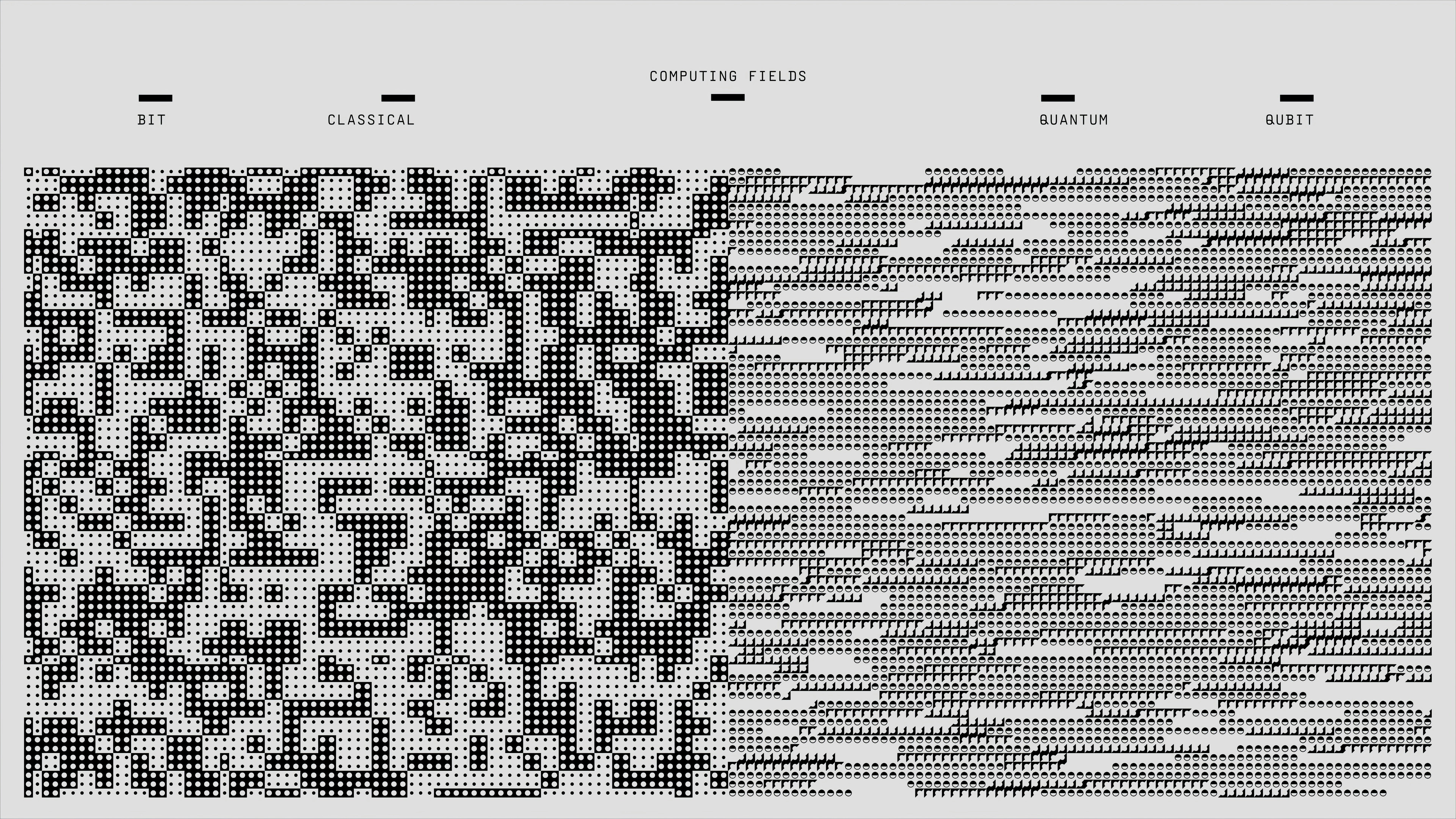Media release
From: Springer NatureQuantum computing: Improved quantum error correction with new chip
Quantum error correction that suppresses errors below a critical threshold that is understood as needed for achieving future practical quantum computing applications is demonstrated on the newest generation quantum chips from Google Quantum AI, reports a paper in Nature this week. The device performance, if scaled, could facilitate the operational requirements of large-scale fault-tolerant quantum computing.
Quantum computing has the potential to speed up computing and exceed the capabilities of classical computers at certain tasks. However, quantum computers are prone to errors, making current prototypes unable to run long enough to achieve practical outputs. The strategy devised by quantum computing researchers to address this relies on quantum error correction, where information is spread over many qubits (units of quantum information, similar to classical computer bits) allowing the identification and compensation of errors without damaging the computation. The overhead in qubits required by quantum error correction potentially introduces more errors than it corrects. As a result, achieving ‘below threshold’ operations has proven challenging, where the uncorrected error rate is below a critical value that is required for error correction to work as intended and exponentially suppress errors.
Hartmut Neven and colleagues present the newest generation of a superconducting quantum processing chip architecture, called Willow, which is capable of quantum error correction below the critical threshold for a particular quantum error correcting approach, known as surface code. Their system is operated for up to 1 million cycles over several hours while decoding errors in real time and maintaining its performance. The authors execute surface codes on a 72-qubit processor and a 105-qubit processor. Each time the code distance is increased from 3 to 5 to 7, the logical error rate is halved. This exponential suppression of logical errors forms the foundation for running large scale quantum algorithms with error correction, the authors conclude.


